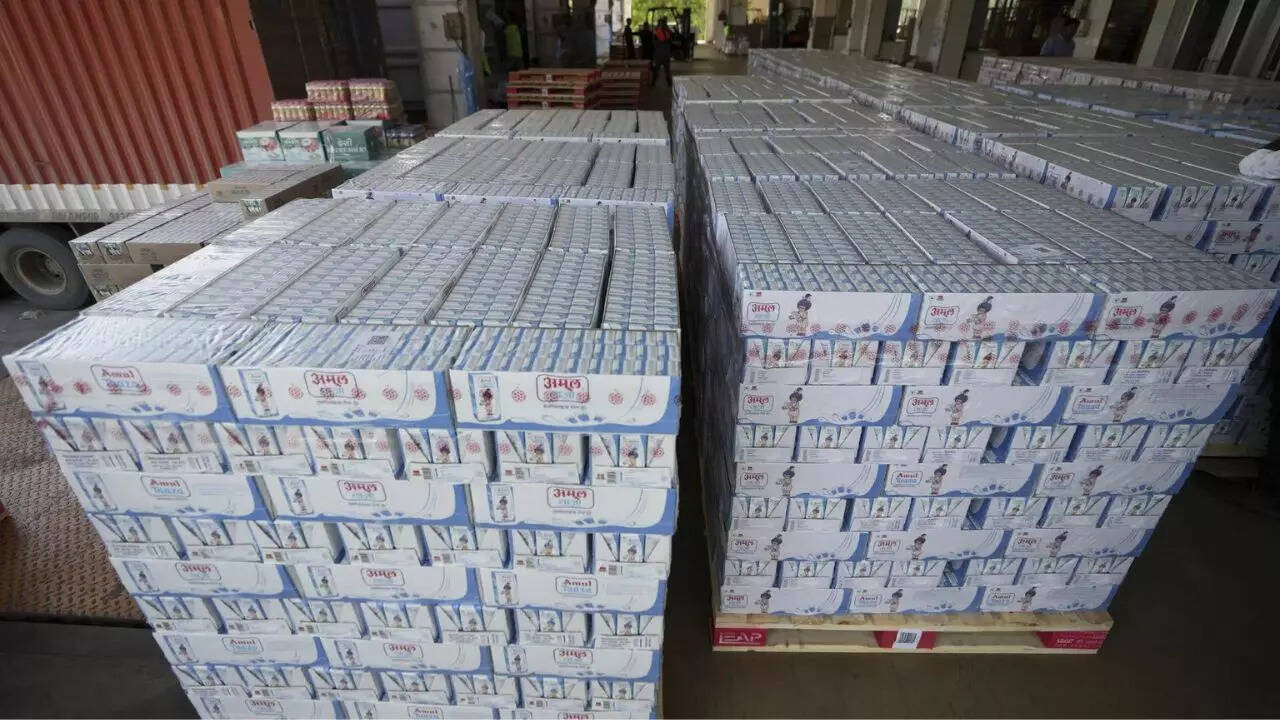Amul has clarified that the price of its packaged pouch milk will remain unchanged after September 22, as it already attracts zero per cent GST. This announcement follows reports suggesting a possible price reduction. However, long-life UHT milk will become cheaper due to a GST rate cut from 5 per cent to nil.
Will Your Morning Milk Become Cheaper? What GST 2.0 Could Mean for Amul and You
The Goods and Services Tax (GST), since its inception, has been a subject of constant evolution. Now, whispers of a potential “GST 2.0” are floating around, and the implications could ripple through your wallet, affecting even everyday essentials like that glass of milk you enjoy with breakfast. But how exactly could this new iteration of GST impact the dairy sector, and more specifically, the price of Amul milk?
Let’s dive in and unravel the potential changes and how they might affect your grocery bill.
Decoding GST 2.0: What’s on the Horizon?
While the specifics of GST 2.0 are still under wraps, the core focus seems to be on streamlining the existing system, plugging loopholes that lead to tax evasion, and potentially widening the tax base. This could involve measures such as further automation of tax processes, enhanced data analytics to detect anomalies, and a possible rationalization of tax rates across different sectors. The goal? A more efficient, transparent, and revenue-generating GST regime.
Amul’s Perspective: A Key Indicator
Amul, a household name synonymous with dairy products in India, holds significant sway in the market. Any change in GST that impacts them inevitably affects consumers. Recent statements from Amul’s Managing Director shed some light on their expectations and concerns regarding GST 2.0.
The dairy giant believes that a well-implemented GST 2.0, free from ambiguities and complexities, has the potential to benefit the entire value chain, from farmers to consumers. The key lies in ensuring that the tax burden on essential commodities like milk is minimized.
The Ripple Effect: How GST Impacts Milk Prices
The current GST structure taxes various aspects of the dairy industry, including packaging materials, transportation, and processing equipment. While milk itself is exempt from GST, these indirect taxes add to the overall cost of production, which is then passed on to the consumer. A streamlined GST 2.0 could potentially reduce these indirect costs.
Imagine, for example, a scenario where GST on packaging materials is lowered or simplified. This would directly translate into lower input costs for Amul. If these savings are passed on, you might see a slight dip in the price of your milk pouch. Of course, many factors impact milk pricing, but revisions in GST are a very important component.
Could You Benefit from GST 2.0 and Lower Milk Prices?
The million-dollar question: will GST 2.0 actually make your milk cheaper? The answer, unfortunately, isn’t a straightforward yes or no. It hinges on several factors:
* The specific changes introduced in GST 2.0: A reduction in GST rates on inputs used in milk production is crucial.
* Amul’s pricing strategy: Whether Amul chooses to pass on any cost savings to consumers is a business decision.
* Other market dynamics: Factors like inflation, transportation costs, and competition from other brands also play a significant role.
However, the potential for lower milk prices exists. A more efficient GST system could alleviate some of the cost pressures on dairy companies, making it easier for them to keep prices stable or even reduce them slightly. An image showing a glass of milk, suggesting that GST 2.0 impact could affect consumer prices.
Why This Matters Beyond Your Breakfast Table
The impact of GST 2.0 on the dairy sector extends far beyond just the price of milk. It has implications for:
* Farmers: Lower input costs can improve the profitability of dairy farming, encouraging greater production.
* The dairy industry: A more efficient GST system can boost the competitiveness of Indian dairy companies.
* The economy: A thriving dairy sector contributes to overall economic growth and rural development.
It’s a complex interplay of factors, but one thing is clear: GST 2.0 has the potential to reshape the dairy landscape in India. Want to know how the government is supporting local farmers? Read our article about the latest agricultural initiatives.
The Future of GST and Your Grocery Bill
Whether or not GST 2.0 will bring down the price of your milk remains to be seen. We’ll be watching closely to see if proposed GST changes will impact the economy, especially when it comes to our grocery bills. What is certain is that this evolution in the tax regime holds significant implications for businesses, farmers, and consumers alike. The dairy sector, a cornerstone of the Indian economy, stands to benefit from a more streamlined and efficient GST system. Keep an eye on future policy announcements to see how this unfolds, and how it may affect the cost of the milk you pour over your morning cereal.







